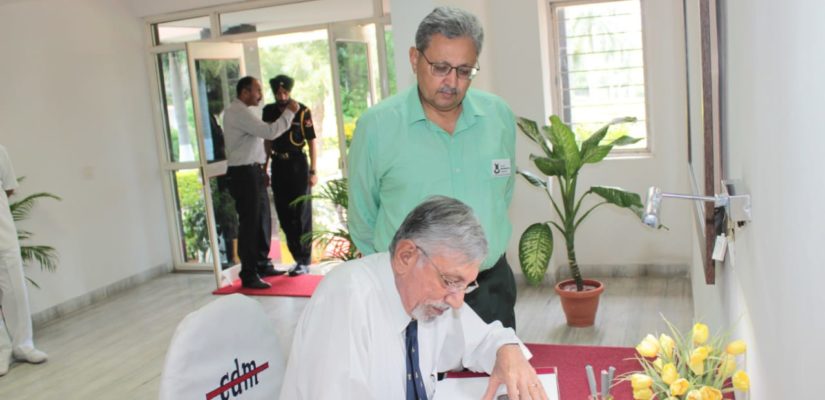
Raising of new joint commands (English version) Rakshak News 22 May 19
http://www.rakshaknews.com/vishesh/army-will-be-set-up-new-joint-command
Raising of new joint commands (English version) Rakshak News 22 May 19
The government has announced the raising of three new joint commands, headed by a Major General ranked officer from each of the services. The army would control the Armed Forces Special Forces Division (AFSFD), the air force, the space command and the navy, the cyber command. These will operate under the HQ Integrated Defence Staff (IDS). Of the three newly raised commands the one drawing the most debate is the AFSFD.
The MoD has failed to appoint a Chief of Defence Staff and amalgamate the MoD with service HQs hence it could not raise these commands with the appropriate rank of a Lt General. If it would have done so, then these commands would not have come under the HQ IDS, but under the Chiefs of Staff Committee (COSC). This would have impacted command, control and coordination aspects. The Andaman and Nicobar Command (ANC) and the Strategic Forces Command (SFC) function in a similar manner under the COSC.
The raising of AFSFD is an ideal step as these forces could be equipped, trained and earmarked for strategic employment. The manpower for them would come from the three services. Simultaneously, the services would continue to maintain and employ their own special forces for tasks within their own spheres of operation. In addition, there is also the National Security Guard (NSG) which is deployed in different parts of the country. The nation would now possess a plethora of special forces, tasks of which would need to be delineated.
Presently strategic tasks come under the purview of the Parachute Brigade located at Agra. With strategic tasks earmarked for the AFSFD, the existing parachute battalions and other special forces of the three services should be tasked for enhancing capabilities for their own conventional and cross border operations of limited depth. The NSG should continue dealing with anti- hijacking and hostage rescue operations. However, alternate tasks to supplement other services special forces at the tactical level should be considered.
There is also a need for the services to reconsider their own present holding of special forces and possibly reduce existing numbers as some tasks would be undertaken by the AFSFD. Raising separate training facilities for the AFSFD should be avoided and the existing modified, if required, to cut down costs. The establishment of the AFSFD has been the demand of the services for a long time and was also recommended by the Naresh Chandra committee on defence reforms in 2012.
The raising of the AFSFD would be a major capability leap for the armed forces. It could combine the expertise of the special forces of the three services, which would be an advantage in future employment scenarios. It would hence be able to blend with operational considerations and tasking of different services. Considering it solely for tactical operations would defeat the very purpose of its employment in the long term.
The officer chosen to head the AFSFD has apart from commanding the Indian Parachute Brigade also been the Indian defence attaché in Washington and would have studied the tasking, training and employment of their special forces. India as it grows in stature and assumes a larger role around the globe needs such forces for power projection in areas away from the sub-continent.
The raising may not be a major issue as the services would contribute basic force levels essential for the initial phases. More important would be determining its role and tasks, without stepping on the toes of other special forces, leading to evaluating the nature of training and equipment profile of the force. This would involve interactions with special force HQs of the other services as also of the NSG.
It is evident that the activities and training of this force would be monitored by agencies inimical to the nation. This should be considered while choosing the permanent base for this force. Simultaneously the area must be secure, while being near an airfield for quick mobilization and deployment. Options of splitting the force in different locations may also be considered. The raising of the force is the initial step, determining its tasks and correctly equipping it is more important.